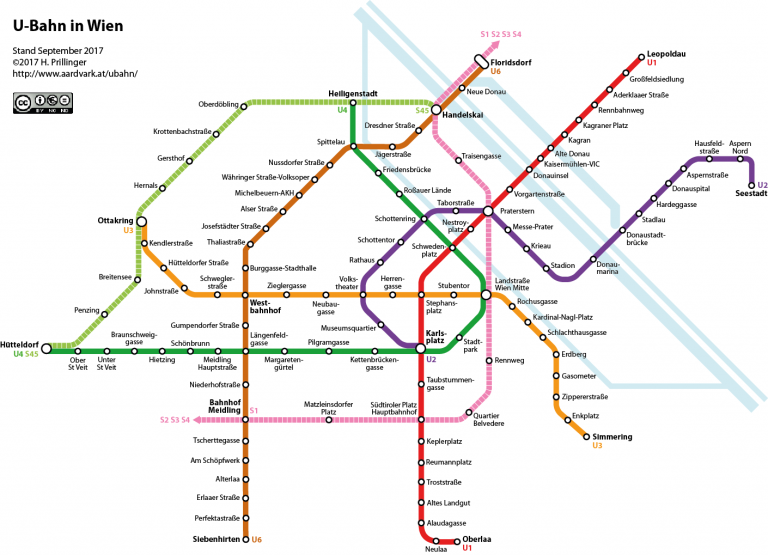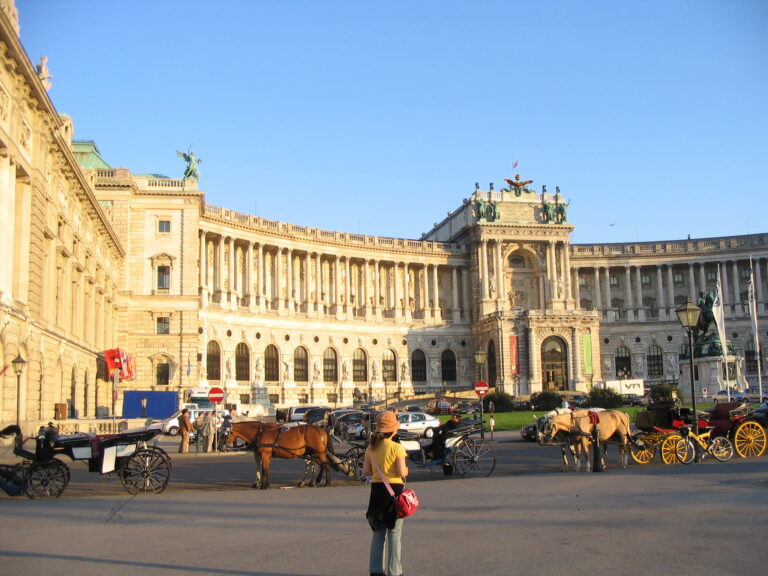Stephansdom
The construction works of Vienna’s landmark lasted several centuries. You can go up the North Tower by elevator and enjoy a marvelous view of the town. Some of the outstanding parts of the church are: the Lady altar “Maria Poetsch”, the high altar ( lapidation of St. Stephen ), the pulpit by Anton Pilgram chiseled out of 7 blocks of stone, the sepulcher of Emperor Frederick III in the right aisle, in the left aisle the Altarpiece of Wiener Neustadt ( Wiener Neustaedter Altar ) dating back to 1447 and the Tirana Chapel with the tomb of Prince Eugen of Savoy, the organ over the Giant Gate, the small 18th-century Baroque altars at the pillars, the ledgers and the memorial plaques at the side walls commemorating the people buried in the former church cemetery.
Stephansdom
Augustinekirche
the hearts of 54 Habsburger royals rest here, in silver urns!
Karlskirche – The Charles Church
was built between 1715-1737 in honor of Saint Charles Borromeo. Architectural styles from Romanesque to Baroque result in an imposing facade and an interior of particular brilliance due to the influx of daylight onto the frescoes. Completed 1739 by his son Joseph Emanuel Fischer von Erlach, the construction took place due to a vow of Emperor Charles VI. During a plague epidemic.
The church is dedicated to the patron saint of the Habsburg emperor, St. Charles Borromeo: The small Museo Borromeo exhibits including traveling clothes of the bishop of Milan.
Karlskirche – The Charles Church
Salesianerinnenkloster
the monastery from 1717 was a place of education for the nobility
Peterskirche
St. Peter’s is a Baroque work of art, on the site of Vienna’s first church
Peterskirche Vienna
Schottenstift
The Benedictine monastery in the heart of Vienna dates back to 1155
Synagogue
Built-in 1825 and the only one of 94 that survived the “Reichskristallnacht”

